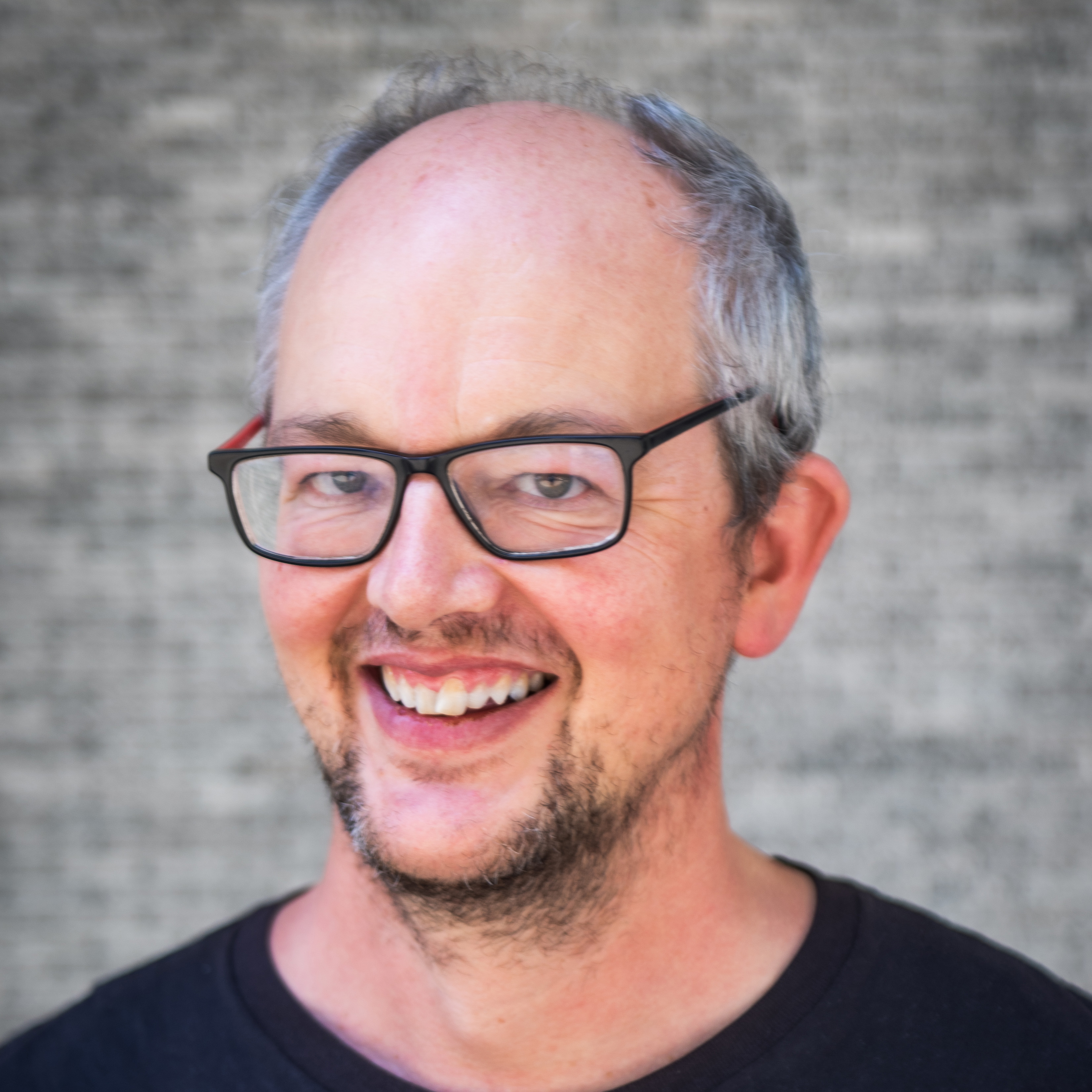Vuelta a Espana's triple-whammy summit finishes could decide GC – Preview
Contador: Only Grand Tour specialists can handle back-to-back mountain stages
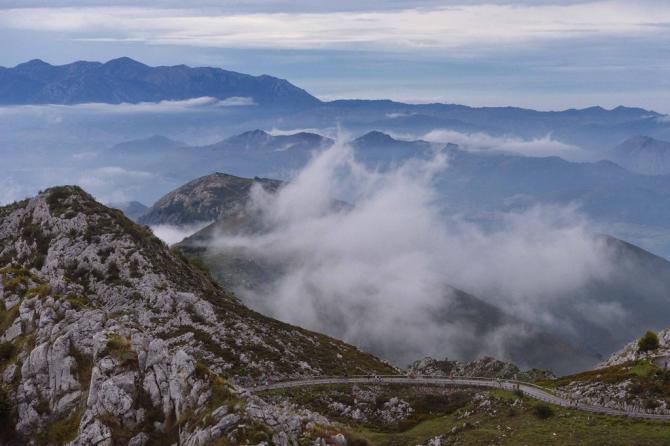
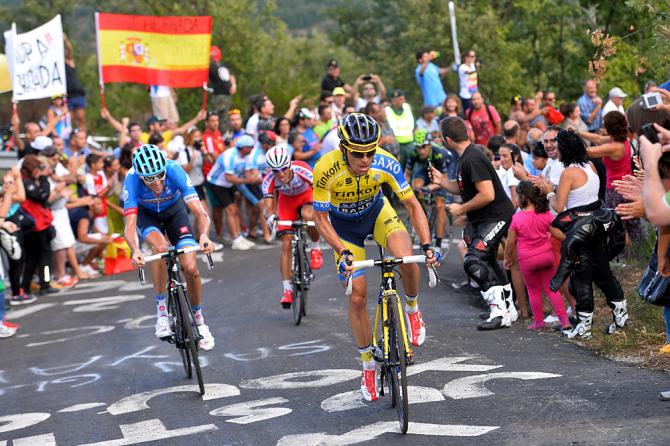
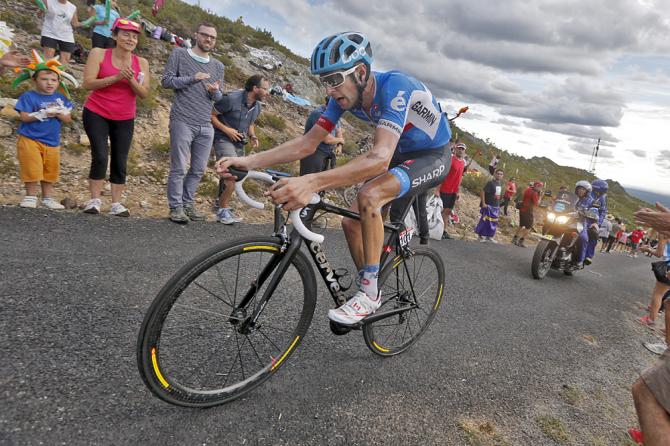
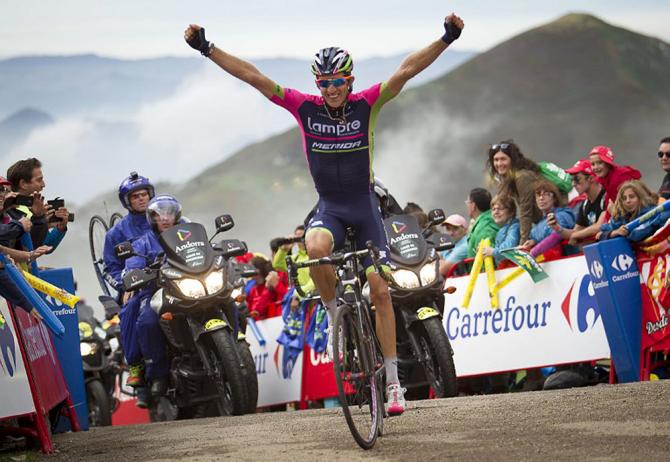
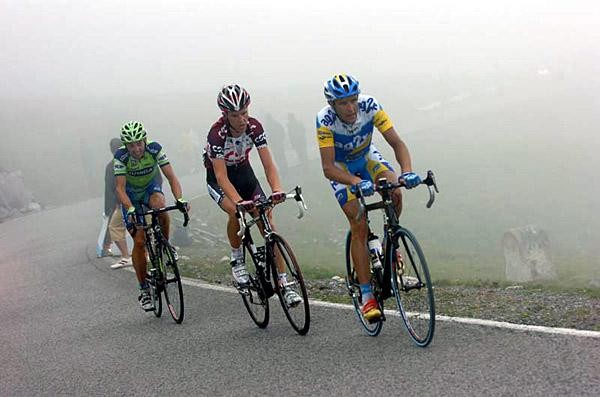
And so it begins. The 2018 Vuelta a Espana’s main GC mountains battle gets underway with a vengeance on Friday, with three successive summit finishes over the weekend, starting with the ultra-steep Camperona, continuing with the almost equally hard and unprecedented Praeres on Saturday, and finishing on Sunday with one of its most emblematic ascents, the Lagos de Covadonga.
Movistar aiming for overall triumph in Vuelta a Espana with Nairo Quintana
Valverde says his objectives are 'already accomplished' at Vuelta a Espana
Vuelta a Espana: EF Education First-Drapac light up stage 11 final
Fabio Aru experiencing 'complicated days' in Vuelta a Espana
Kruijswijk feeling the strain but ready to attack at Vuelta a Espana
Jesus Herrada soars into lead at the Vuelta a Espana
Yates: It's not nice to lose red, but I have bigger ambitions
In two recent editions, the Vuelta has combined the Camperona and Covadonga in quick succession: in 2014 Ryder Hesejdaal took his last pro win on the Camperona, and Poland’s Przemeslav Niemiec (UAE Team Emirates) took his greatest victory to date on the Lagos the next day.
In 2016, Sergey Lagutin (Gazprom-Rusvelo) ground his way up to another career-defining win on the Camperona, and then, after a much easier uphill stage to the Alto de Naranco [won by Team Sky's David De La Cruz - ed.], 24 hours later a certain Nairo Quintana (Movistar) won on the Lagos de Covadonga ahead of Sky's Chris Froome. Two weeks later, the overall Vuelta win was taken by the Colombian, too, all of which just confirms how big a role the Lagos de Covadonga traditionally plays year after year in the Vuelta a España.
This time the trilogy of climbing stages in the back end of the Vuelta's second week looks to be even harder than in 2016, given that sandwiched between the Camperona and the Covadonga is a new ascent – the summit finish of Praeres. Just 4km long and situated in the bucolic pasturelands and valleys of Asturias, Praeres has been dubbed the 'mini Angliru' by no less a climbing legend than Pedro Delgado. The Vuelta peloton cannot say, then, that they have not been warned.

Ryder Hesjedal climbs La Camperona in 2014 (Bettini Photo)
La Camperona
First off, though, is La Camperona. One of the mountains that marks the northern edge of the plateau of Castille could not be more different in terms of terrain to both Praeres and Covadonga. At 8.3km, and towering above the former mining town of Sabero, La Camperona is little more than a narrow strip of tarmac winding its way up to the top of a high, bleak mountain pass, where a few hundred metres after the finish, it stops – a true road to nowhere.
Unlike Praeres, too, which is steep almost from start to finish, La Camperona is only tough in the final segment. But as the now-retired three-time Vuelta a España champion Alberto Contador – commenting on this year’s race for Eurosport – told Cyclingnews, the Camperona's sting in the tail constitutes a real challenge.
The latest race content, interviews, features, reviews and expert buying guides, direct to your inbox!
“It's actually quite a short climb, because the really, really hard part comes up in the last three kilometres. But that part is so hard you have to calculate your effort incredibly well. It's also very important to have the right gearing, because if you're missing the gear you need on such a steep climb, you simply can't continue pedalling upwards. So you have to measure your distance very carefully," Contador said.
The Camperona may be steep and difficult to calculate, but it is by no means an absolute indicator of the shape of things to come in the Vuelta. In 2014, for example, the Camperona was one of the few points where Team Sky's Chris Froome regained time on Contador. But then 24 hours later at the Lagos de Covadonga, Contador was able, once again, to draw clear of the Briton in what was largely a steadily upwards line towards his third and final victory at the Vuelta.
"Then, in 2016, I’d been injured in crashes, and the Camperona was a real baptism of fire for me," Contador recalled. "Valverde went for it really hard on the lower part of the climb, and then Froome was dropped early on but came back racing at his own pace, which was something we'd got used to. Halfway up, I changed my pace and I could drop a lot of people, but then in the last section, the climb just seems to go on forever.
"In fact, you can see that sign saying 'one kilometre to go' and it feels like you’re never going to reach it," Contador said.
"So, OK, there's a climb beforehand, the [first category] Campo de Tarnas [105km into the 174km stage - ed.], but it won't do much. On the Camperona, though, you'll get gaps. Each rider can't help but cross the line one by one; the differences won’t be that big, but it’s so steep that the group splits apart almost of its own accord."
Praeres
Stage 14's summit finish on Saturday, Praeres, is a very tough, short ascent, ranked first category on a stage with five classified climbs and nearly 3,000 metres of vertical climbing.
Contador compares Praeres to Los Machucos – the new climb from the 2017 Vuelta in nearby Cantabria, which, like Praeres, is usually only used to shift cattle herds from one pastureland to another. While presumably appealling to its four-legged travellers, Los Machucos can put even the most resilient of its two-legged users in difficulty. Just ask Chris Froome: on Los Machucos last September, he had his worst day of any of the 2017 Vuelta climbs.
"Praeres is an ascent where the really light, out-and-out climbers can get an advantage over the all-rounders on GC," said Contador.
Narrow, twisting, and averaging a staggering 12.5 per cent, with gradients of up to 17 per cent, the stage takes place on Asturias' national holiday, too, meaning that in a region with a strong cycling fanbase, crowds will be exceptionally big – and noisy.

The Lagos de Covadonga in all its glory (Tim de Waele/TDWSport)
Lagos de Covadonga
Last, but by no means least, comes the ascent to Covadonga on Sunday, historically of massive importance in the Vuelta a España. Quintana, the winner in 2016, has said the climb could decide the Vuelta this year.
Contador describes Covadonga as "a really tough one".
"It's more than 11 kilometres long with an average of over seven per cent and some really hard slopes. It's got a really fearsome reputation, and it's a climb that is good for making some important time differences," Contador said.
Contador does not buy into the urban legend in the Vuelta that whoever leads in Covadonga will automatically still be leading in Madrid.
"That, I think, is a theory, and theories are there to be broken," he said. "There's still a long way to go after that, with the third-week time trial [stage 16], the Monte Oiz [also known as the Balcon de Bizkaia, on stage 17], and, above all, Andorra afterwards [on stages 19 and 20].”
Covadonga comes at the end of three difficult climbing stages as well. Contador argues the timing will benefit those riders who can recover from one day to another and are consistently good.
"In that sense, Quintana is a clear favourite," Contador said. "He knows what it means to win the Giro, he knows what it means to win the Vuelta and he's in great form.
“But we can't rule out riders like Wilco Kelderman (Team Sunweb) and Rigoberto Urán (EF Education First-Drapac) either. Simon Yates lost some seconds on the Covatilla, and that's not a good sign, but it was only one day and he should be fighting right the way through to the finish," said Contador.
"Kelderman's going to be good in the time trial, too, and Ion Izagirre (Bahrain-Merida) should benefit from that as well. But Ion's got to get through the climbs first. and that'll be his big test."
And Contador returns to a previous point – that three mountain stages, one after another, represents a test that could even be more challenging than a stage as fearsome as Andorra's short, non-stop mountain fest on the 2018 Vuelta's second-to-last day.
"One big mountain stage – most riders will get through that," Contador said. "But three in a row, particularly if it's bad weather, is going to be a combination where the Grand Tour specialists will really shine through."
This year's long weekend of climbing, then, will be in a class of its own at this year's Vuelta a España. And it might even decide the final winner.

Alasdair Fotheringham has been reporting on cycling since 1991. He has covered every Tour de France since 1992 bar one, as well as numerous other bike races of all shapes and sizes, ranging from the Olympic Games in 2008 to the now sadly defunct Subida a Urkiola hill climb in Spain. As well as working for Cyclingnews, he has also written for The Independent, The Guardian, ProCycling, The Express and Reuters.
